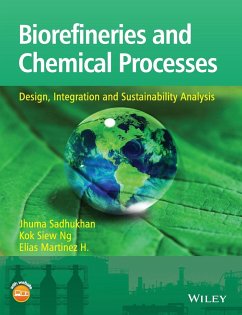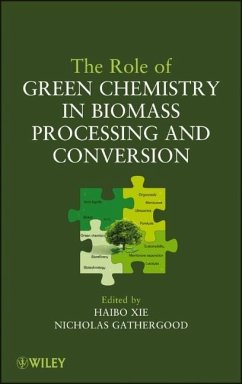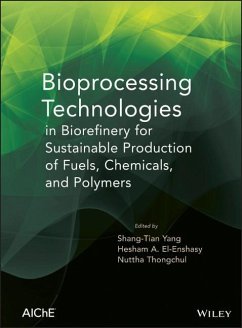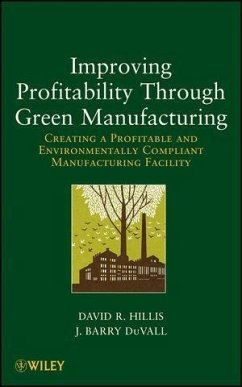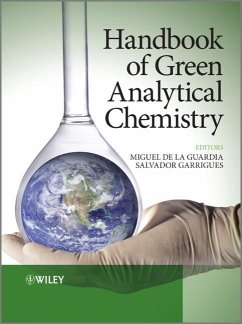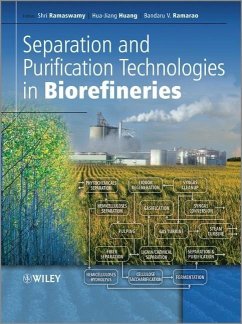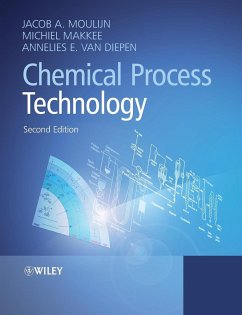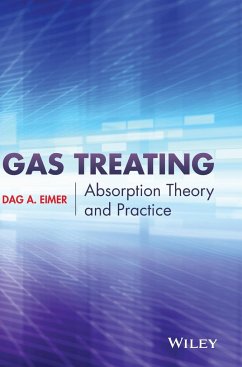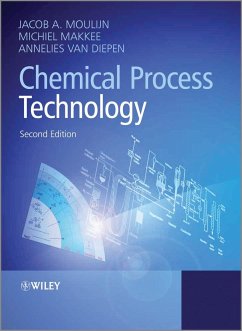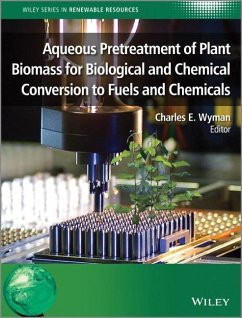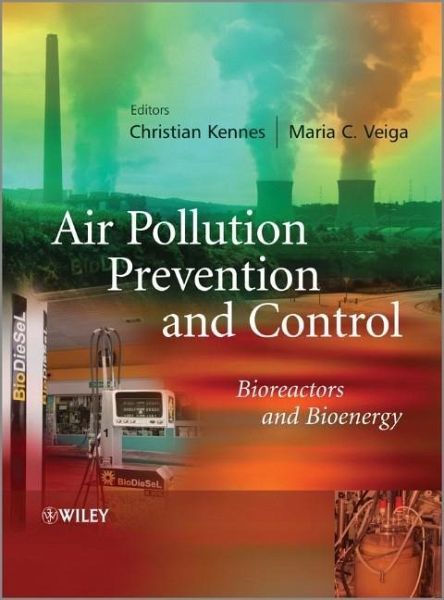
Air Pollution Prevention and Control
Bioreactors and Bioenergy
Herausgegeben von Kennes, Christian; Veiga, Maria C.
Versandkostenfrei!
Versandfertig in über 4 Wochen
208,99 €
inkl. MwSt.
Weitere Ausgaben:

PAYBACK Punkte
104 °P sammeln!
In recent years, air pollution has become a major worldwide concern. Air pollutants can affect metabolic activity, impede healthy development, and exhibit carcinogenic and toxic properties in humans. Over the past two decades, the use of microbes to remove pollutants from contaminated air streams has become a widely accepted and efficient alternative to the classical physical and chemical treatment technologies. Air Pollution Prevention and Control: Bioreactors and Bioenergy focusses on these biotechnological alternatives looking at both the optimization of bioreactors and the development of c...
In recent years, air pollution has become a major worldwide concern. Air pollutants can affect metabolic activity, impede healthy development, and exhibit carcinogenic and toxic properties in humans. Over the past two decades, the use of microbes to remove pollutants from contaminated air streams has become a widely accepted and efficient alternative to the classical physical and chemical treatment technologies. Air Pollution Prevention and Control: Bioreactors and Bioenergy focusses on these biotechnological alternatives looking at both the optimization of bioreactors and the development of cleaner biofuels.
Structured in five parts, the book covers:
Fundamentals and microbiological aspects
Biofilters, bioscrubbers and other end-of-pipe treatment technologies
Specific applications of bioreactors
Biofuels production from pollutants and renewable resources (including biogas, biohydrogen, biodiesel and bioethanol) and its environmental impacts
Case studies of applications including biotrickling filtration of waste gases, industrial bioscrubbers applied in different industries and biogas upgrading
Air Pollution Prevention and Control: Bioreactors and Bioenergy is the first reference work to give a broad overview of bioprocesses for the mitigation of air pollution. Primarily intended for researchers and students in environmental engineering, biotechnology and applied microbiology, the book will also be of interest to industrial and governmental researchers.
Structured in five parts, the book covers:
Fundamentals and microbiological aspects
Biofilters, bioscrubbers and other end-of-pipe treatment technologies
Specific applications of bioreactors
Biofuels production from pollutants and renewable resources (including biogas, biohydrogen, biodiesel and bioethanol) and its environmental impacts
Case studies of applications including biotrickling filtration of waste gases, industrial bioscrubbers applied in different industries and biogas upgrading
Air Pollution Prevention and Control: Bioreactors and Bioenergy is the first reference work to give a broad overview of bioprocesses for the mitigation of air pollution. Primarily intended for researchers and students in environmental engineering, biotechnology and applied microbiology, the book will also be of interest to industrial and governmental researchers.



